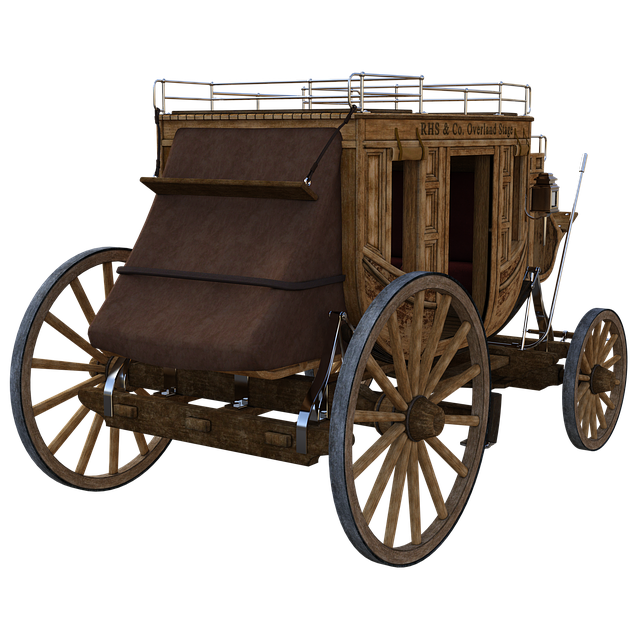By Tim Lambert
In the 19th century, the population of the USA grew rapidly. Immigrants from Europe poured into the country. By 1810 the population of the USA was over 7.2 million and it continued to grow rapidly. By 1820 it was over 9.6 million and by 1840 over 17 million. America rapidly expanded westward.
American industry also boomed. In the late 19th century the USA was the fastest-growing industrial nation in the world. By the end of the century, it had surpassed Britain in the production of iron and steel.
The Homesteaders
In the late 19th century the population of the USA grew very rapidly. In 1860 the population was 31 million. By 1900 it was almost 76 million. Immigrants from Europe poured into the USA hoping for a better life. Many people were lured by the Homesteader Act of 1862. Settlers were offered 160 acres of land free provided they agreed to till it for 5 years.
During the 19th century, farmers in the American West were helped by new technology. Cyrus McCormick invented a mechanical reaper in 1834. John Deere (1804-1886) invented the steel plow in 1838. In 1854 the first successful self-governing windmill (that changed direction automatically to face the wind) was made. In 1874 barbed wire was patented. Meanwhile, in 1866 a man named Charles Goodnight (1836-1929) invented the chuck wagon.
Nevertheless, life was hard for the homesteaders in the West. Home, at least at first was often a single-room cabin made of sods piled on top of each other to form walls and laid across a wooden frame to form a roof. Sometimes cabins were made of logs with dried mud between the gaps to make them airtight. The roof was made of wooden shingles. At first, floors were of dirt but later of wood. Cooking was done on an iron stove and cabins were lit by oil lamps. However, life gradually became more comfortable in the West.
Cowboys
There were also many cattle ranches in the American West. However, life as a cowboy was just as hard as life as a farmer. The cowboys worked long hours for low pay and the work was dangerous. Cowboys wore chaps to protect their legs from brush and stetsons to protect their heads from sun and rain. They wore riding boots with spurs to control their horses.
At first, cattle grazed freely on the open range (although later their movement was restricted by barbed wire fences. Barbed wire was invented in 1874.) Every year cowboys rounded up cattle and took them on long trails to be shipped by rail to market. In Kansas cow towns grew up near cattle trails and railroads. These included Ellsworth, Abilene, and Dodge City.
However, a very bad winter in 1886-87 killed many cattle. Then the spread of barbed wire restricted the movement of cattle and the spread of the railroads made long cattle drives unnecessary.
Western Towns
Other towns sprung up in the West when precious metals were found. Among them was Tombstone, Arizona. It was founded in 1877 when a prospector named Ed Schieffelin discovered silver there. Tombstone is also infamous for being the location of the gunfight at the OK Corral on 26 October 1881.
However, not all towns were successful. Some towns sprang up in the West when precious metals were found but they were abandoned when the mines were exhausted. They then became ghost towns.
An increasing number of Americans lived in cities. By 1900 almost 1/3 of them did. by then there were more than 40 cities with a population of over 100,000. Like cities in 19th century Europe, those in America were crowded and unhealthy. Cholera struck New York in 1832 and in 1849. it returned in 1866.
Nevertheless, amenities in cities improved during the 19th century. In 1801 Philadelphia gained a piped water supply and in 1836 the city gained a gas supply. In 1832 the first horse-drawn streetcars ran in New York. The first elevated railway in New York began carrying passengers in 1868. The Croton Reservoir was built in 1842 to provide New York with piped drinking water. Then, in 1858 Central Park was created. Prospect Park was laid out in 1867. Bryant Park was laid out in 1884.
Travel
At first, the main means of traveling on land was the stagecoach. As their name suggests they traveled in stages of 10 to 20 miles. However, the American railroad network grew rapidly in the late 19th century. In 1850 there were 9,000 miles of railroads. By 1900 there were 190,000 miles. The first transcontinental railroad was completed in 1869.

At first, mail was carried by stagecoach or by the Pony Express. Express mail was carried by a horse and rider between way stations about 15 miles apart. The Pony Express could carry letters from Missouri to California in 10 days. However, the Pony Express only lasted 18 months. It started on 3 April 1860 but in October 1861 a transcontinental telegraph line was established. The Pony Express could not compete.
Before the railroads were built river transport was also very important in the West. By the mid-19th century, steam-powered paddle wheelers carried iron and coal, grain, and livestock on the rivers such as the River Missouri. They also carried passengers. For those who could afford it, there were very comfortable cabins and gambling in saloons on board.
There were great advances in weapons technology in the 19th century. Samuel Colt began making revolvers in 1836. In 1862 Richard Gatling invented the Gatling gun. The Winchester Model 1873 rifle passed into legend as ‘the gun that won the West’. Meanwhile, in the 19th century, new explosives were invented to replace gunpowder. TNT was invented in 1863 and dynamite followed in 1867.
Last revised 2025